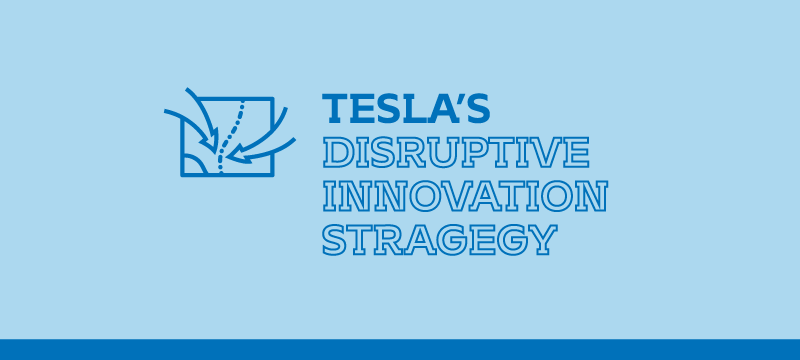




The Big Bang Disruption in Innovation Marketing is hard to apply in Tesla’s case where the latter has redefined the premises of the automotive industry. The success of Tesla has sparked curiosity from all sides: is it just a “beginner’s-luck” syndrome or will existing key players input colossal resources to drive Tesla success off?
Examples of such success of entrant success are not rare and by applying pertinent theory based on technological shifts, we can now have a clearer picture of Tesla’s strategy regarding the future of Tesla and its electric vehicles.
Tom Bartman and his fellow colleagues recently published in the Harvard Business Review an article where they applied Clayton Christensen’s theory of disruption to Tesla’s case. The conclusion was that Tesla does not satisfy Christensen’s requirements for performing a truly disruptive innovation strategy. Christensen argues that if a technology does not primarily satisfy demands of an incumbent’s conventional, lucrative market, it will not be successful.
This cannot be explained by a lack of competencies or assets but by the fact that established firms have to experience high opportunity cost and consequently will not be able to allocate enough resources to disruptive projects. While As entrants are enthusiastic about entering a small niche market, they tend to make investment at an early stage and gain momentum; incumbent organization embrace the new technology when it’s too late.
On application of this theory to Tesla’s case, the authors came to the conclusion that Tesla is not really disruptive, because it successfully launched a high-end, high-margin product while competing directly with incumbents such as Mercedes and BMW. Established automotive players are hence more motivated to crush down Tesla by allocating considerable resources to the development of an electric vehicle. The theory’s prediction is that it is the established firms who are more likely to win this competitive battle.
This argument is based on the assumption that consumers are the core stakeholders who influence how entrants and incumbents allocate resources. After all, it is the consumers who are providing firms with the required cash flow while pleasing the investors. Another less enthusiastic actor of the automotive industry regarding Tesla’s offer are auto dealers. Tesla offerings imply bypassing established car dealers and selling directly to customers. This has caused great turbulence within the automotive industry. Incumbent car dealers across the United States have lobbied against Tesla’s business model and succeeded in banning it in various states.
While Tesla has 52 showrooms in the U.S. and Canada, Ford and Chevrolet together have 3,000 dealers in the U.S. alone. Not only have these incumbent dealers given established firms a competitive edge for many decades, but they have also made almost impossible for established firms to sell directly to consumers. Christensen’s theory has considerably helped in explaining disruptive innovation, yet it is not an exclusive theory. For instance, Apple’s iPhone was launched as a high-end and high-margin product. This has not stopped Nokia form adopting a transition shift to smartphones. Another key factor would be the relation between a new technology and how it influence the capabilities and organized structures of incumbent firms. (526 words)